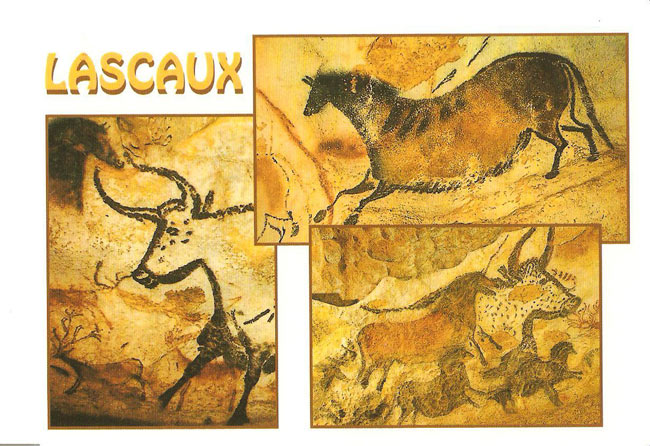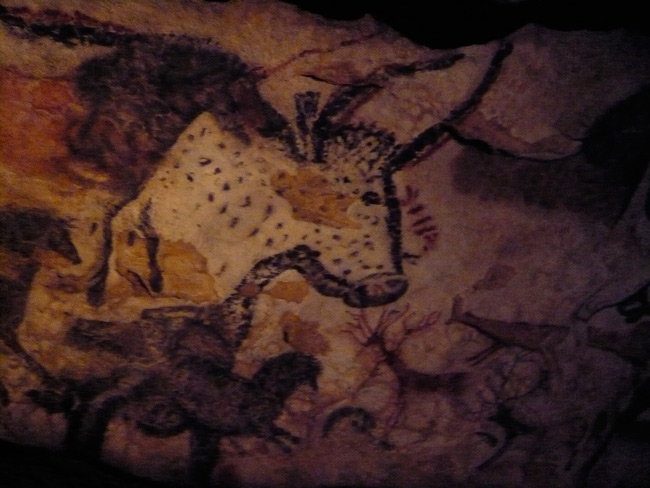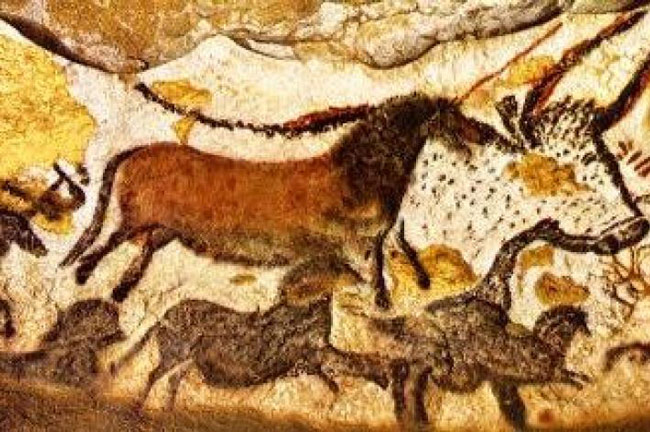Prehistoric archaeological sites in the Dordogne valley and caves in the valley of Vézère - France
Unesco's Scientific, Educational and Cultural Organization recognized the prehistoric archaeological site in the Dordogne valley and the caves in France's Vézère valley as a World Cultural Heritage in 1979.
Prehistoric archaeological sites in the Dordogne valley and caves in the valley of Vézère
Prehistoric archaeological sites in the Dordogne valley and caves in Vézère valley are in the Lascaux and Montignac regions of France. These two areas include many stone carvings. In Vézère valley there are about 150 prehistoric sites dating from the map period and 25 caves are decorated with carvings on the cave.




Cave artifacts, antiques, paintings and carvings, the Dordogne Valley has the largest number of other prehistoric art collections of Europe and the world.
The prehistoric archaeological site in the Dordogne valley in the Lascaux region discovered in 1940 is an important testament to prehistoric art history . In this archaeological site, archaeologists have found stone carvings describing in detail the hunting life of prehistoric people . One thing in particular is what was found in the prehistoric archaeological site in the Dordogne valley and the caves in Vézère valley show that they have the same artistic perspective. More than 100 stone carvings depicting the hunting scene quite well with rich colors, is considered very quality in that period. Scientists think that tens of thousands of years ago, the texture of the ground and rock in this area was different from the present so the paintings were made easier. After a long time, buried in oblivion and covered with many layers of rock, when found, archaeologists had to work very hard to unearth these art evidence without causing a photo. enjoy them. In the process of research and inquiry, Breuil archaeologist has discovered that there is a thick coating of calcium crystals that have been formed, it is this compound that protects the petroglyphs for tens of thousands of years. rotted, or faded .

Because of the vastness of caves and calcium compounds here, the paintings after thousands of years still retain the color and image clarity.
Prehistoric archaeological site in the Dordogne valley, which covers nearly 40 km, consists of 25 caves with many precious artifacts that testify to a period of human development, especially the development of Prehistoric art. After many searches, archaeological excavations, scientists have found more than 500,000 fire stones, 148 animal bones, 844 artifacts and artworks of various genres dating back to the time stoneware. This collection is by far the largest prehistoric art collection of Europe and the world.

Caves in the Lascaux region are much higher than other caves in France and Spain such as Les Trois-Frères, Niaux, Altamira, Font-de-Gaume and Les Combarelles . Because Lascaux is much bigger than caves Another reason, also for that reason with the calcium compound that the artifacts, artifacts here are still in good condition when found.



The paintings and carvings in the cave in the cave have very sharp images and drawings with the predominant images of animals such as: bison, horse, deer .
The stone carvings there paint many different kinds of animals such as bulls, bison, horses and many other animals that lived from prehistoric times . However, together, there are 3 main groups drawn as Human figures, animals and abstract shapes . Most drawings are painted on the wall and use colored minerals. A small number of paintings are engraved in stone. It is estimated that there are about 900 images that are relatively visible as drawings of animals. In which there are 364 figures identified as horses, 90 figures are identified as deer, bison make up about 5% of the total figures. The rest are drawings of rhino, bear.some pictures drawing can not determine what image.

In 1948, prehistoric archaeological sites in the Dordogne valley and caves in Vézère valley began to be opened freely for visitors and researchers. But by 1955, due to the influence of human visits, the paintings here began to deteriorate and to preserve this cultural heritage the French government closed the area in 1963.
Currently the French government is still conducting a mediation project, restoring the paintings and artifacts found at this Cultural Heritage.
- Archaeological holy sites awaiting the opening in 2018
- Discovered some prehistoric caves in Tuyen Quang
- Prehistoric ruins in volcanic caves in Dak Nong
- Archaeological site of Lenggong valley
- Discover and excavate many archaeological archaeological sites of the Stone Age
- Ha Tinh discovered the prehistoric remains
- Discover many new civilized sites Maya
- Chimp also lives in caves like prehistoric people
- Discovered nearly 60 archaeological sites near Rio de Janeuro
- Dairy cattle 7,000 years
- Prehistoric people painted animals more beautiful than modern people
- People know how to use chili 1,500 years ago
 Suzhou classic bonsai garden - China
Suzhou classic bonsai garden - China Chau Nguyen Dynasty
Chau Nguyen Dynasty Thai Son Mountain - World Wonder
Thai Son Mountain - World Wonder Ancient villages of Shirakawa-go and Gokayama
Ancient villages of Shirakawa-go and Gokayama